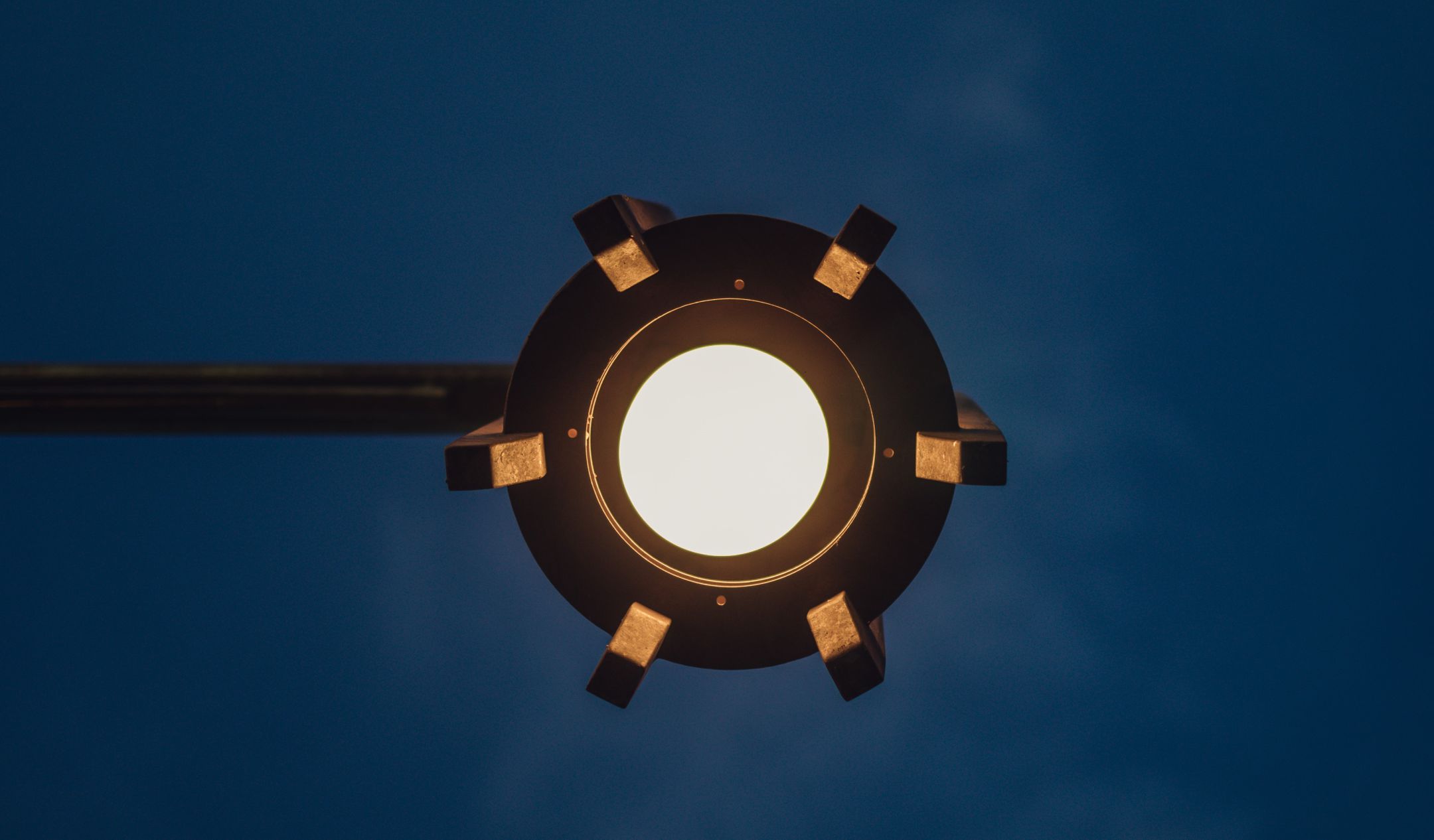
Get A Quote
Are You Getting the Most Out of Your LED Lighting? Understanding Efficiency vs. Efficacy
Lighting is more than just a functional necessity; it's a key player in the ambiance of a space, impacting everything from mood to productivity. As we shift towards energy-efficient solutions, understanding the nuances of LED lighting becomes paramount. But how do you navigate the complex world of light efficiency and efficacy? Let's delve into these concepts with a relaxed, engaging tone, aiming to enlighten and entertain.
What's the Deal with Light Efficiency and Efficacy Anyway?
Light Efficiency: The Bigger Picture
Ever wonder why some lighting setups feel just right, casting the perfect glow without running up the energy bill? That's light efficiency at work. It's about the overall performance of a lighting system, from the bulbs to the circuitry that powers them. It's the magic behind the scenes, ensuring your space is not just lit, but lit efficiently.
Efficiency takes the whole team into account — the bulb, the fixture, and even how the light plays within your space. Think of it as the efficiency rating on your appliances but for your lighting. Higher efficiency means more light for less power, and who doesn't love saving on those energy bills?
Light Efficacy: Zooming In
Now, if light efficiency is the ensemble cast, light efficacy is the lead star. This metric shines a spotlight on how well a single bulb transforms electricity into visible light. It's all about getting the maximum brightness with minimal energy. A bulb with high efficacy is like a car with great gas mileage — it goes further on less.
LEDs are the A-listers in the world of light efficacy, offering more lumens per watt than their incandescent or fluorescent counterparts. But, as with any star-studded lineup, not all LEDs deliver the same performance. Choosing the right one can make all the difference in your lighting game.
Why Should You Care About LED Lighting?
The Ever-Evolving World of LEDs
LEDs have taken the lighting world by storm, known for their longevity and energy efficiency. But, it's not just about swapping out old bulbs for new ones; it's about understanding what makes LEDs stand out. Their efficiency and efficacy can vary widely, making it crucial to pick the right one for your needs.
Making the Most of LEDs
To truly benefit from LED lighting, you need to get familiar with what makes an LED bulb tick. It's not just about picking the brightest bulb but choosing one that balances brightness with energy consumption. This understanding can lead to significant savings and a brighter, more inviting space.
Getting to Grips with Light Efficiency
What Does Light Efficiency Tell Us?
Light efficiency is your go-to metric for measuring how well a lighting system uses energy. But it's not just about the bulb; it's about how all elements of the lighting system come together to produce light. Factors like the design of the fixture and how well it directs light can influence overall efficiency.
A system with high light efficiency doesn't just brighten a room; it does so while consuming less power. It's like having your cake and eating it too, offering both illumination and energy savings.
Why Is the Light Output Ratio Important?
The Light Output Ratio (LOR) is a key player in understanding light efficiency. It tells us what percentage of light actually makes it out of the fixture to light up your space. A high LOR means more usable light and less wasted energy. It's a crucial factor in choosing lighting that not only looks good but is good for the environment and your wallet.
Diving Into Light Efficacy
The Spotlight on Light Efficacy
When we zoom in on light efficacy, we're looking at how well a bulb converts electricity into visible light. In the world of LEDs, this is where you see the real stars shine. High-efficacy LEDs provide bright, quality light without guzzling energy, setting the standard for efficient lighting.
How Do You Measure Up?
Choosing an LED based on its efficacy means looking for those high lumens-per-watt ratios. This choice not only impacts your energy consumption but also the quality of light in your space. High-efficacy LEDs can transform a room, making it brighter and more welcoming, all while keeping energy use in check.
The Bright Side of Efficiency and Efficacy in LEDs
LEDs are the champions of the lighting world, offering unmatched efficiency and efficacy. But their diversity means you have to know what you're looking for. A high-efficiency, high-efficacy LED can change the game, offering superior lighting, reduced energy costs, and a longer lifespan.
The Efficiency Factor
High-efficiency LEDs stretch those kilowatts further, shining brighter without the heavy energy cost. They're the marathon runners of the lighting world, going the distance on less energy. This efficiency isn't just good for your bills; it's great for the planet too.
Efficacy: The Key to Quality Light
Efficacy is where LEDs really outshine the competition, offering brighter light per watt than other bulbs. This doesn't just mean a brighter room; it means a room lit with fewer watts, embodying the essence of energy efficiency.
Lighting the Way Forward
As we navigate the path to energy-efficient lighting, understanding the nuances of light efficiency and efficacy becomes crucial. LEDs offer a beacon of hope, shining bright with the promise of reduced energy consumption and longer lifespans. But, the key to unlocking their full potential lies in choosing the right LED for your needs.
Whether you're lighting up a cozy corner of your home or setting the stage for productivity in the office, remember that the right LED can make all the difference. It's not just about illumination; it's about illuminating efficiently. Welcome to the bright side of lighting, where efficiency meets efficacy, and where every LED tells a story of innovation and savings.

